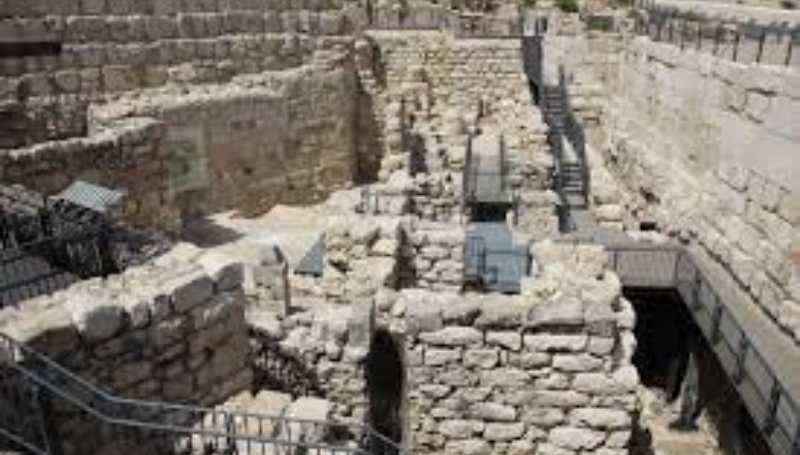Matti Friedman
Jewish Review of Books, Spring 2022
“It’s impossible to understand the city without grasping that Jerusalem has existed at the center of Jewish consciousness since Rome was a village on the Tiber and that it has that role in no other religion.”
In 1867, the Scottish adventurer John MacGregor descended a rope ladder into a subterranean tunnel by the walls of Jerusalem’s Old City. His guide was the famous British archaeologist Charles Warren, engaged just then in one of the first serious excavations of Jerusalem. Once underground, the men scrambled happily through the filthy shafts “like cats or monkeys,” peering into the city’s ancient layers, the walls slick with moisture and the floor soggy with sewage. “Once we have got down,” Macgregor wrote of the experience, “we can scan by the magnesium light a subterranean city, the real city of Jerusalem.”
That idea—that the real city of Jerusalem lurks somewhere beneath the actual city with its grocery stores, traffic, and inconveniently present residents—has been a powerful one since the mid-1800s, when the seductive aura of that real city began to draw a string of fascinating and often misguided characters with a Bible in one hand and a shovel in the other, looking for something beneath the surface. These are the stars of Andrew Lawler’s book Under Jerusalem: The Buried History of the World’s Most Contested City, a survey of some of the colorful and fraught episodes that have played out here underground over the past century and a half.
Matti Friedman is a journalist in Jerusalem. His new book is Who By Fire: Leonard Cohen in the Sinai (Spiegel & Grau).
To view the original article, click here


